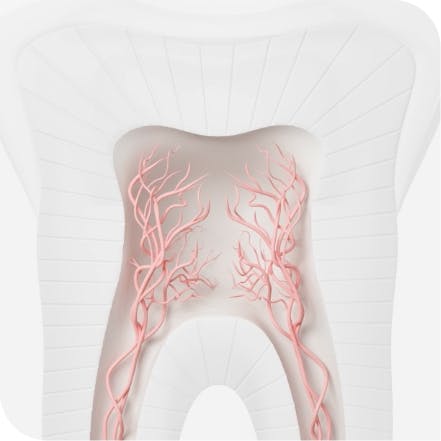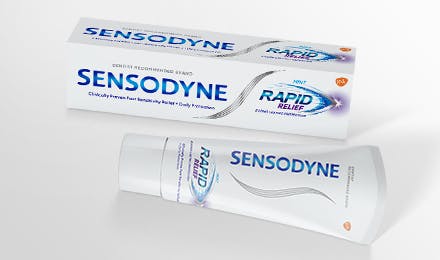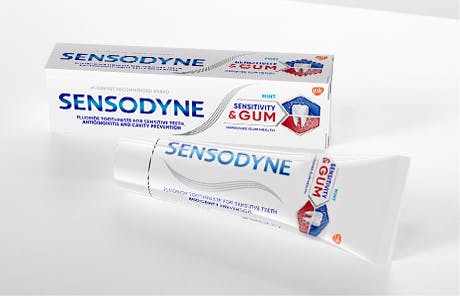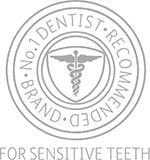How to Remove Tartar from Teeth

Taking care of your teeth should always be a priority. Without good oral hygiene and checkups with a dental professional, you may be at risk for conditions such as gum disease.1 Getting tartar removed from your teeth is one way to stop gum disease from forming.1
How can you remove tartar from your teeth and prevent it from forming? Continue reading to learn more about tartar and how it can be removed.
What Is Tartar and How Can it Affect You?
Your mouth is full of different kinds of bacteria. When bacteria stay on the teeth for too long, they form a film called plaque.1 If not thoroughly removed, acid from plaque bacteria can break down the enamel of your teeth, leading to cavities.2 Plaque that is not thoroughly removed with brushing and cleaning in between teeth (flossing) will eventually harden to become tartar, also known as calculus, which makes it more challenging to keep your teeth clean.1,2
When plaque and tartar collect above your gum line, the tissue of your gums may become inflamed and bleed easily. This is an indicator of gingivitis, a mild form of gum disease that can be easily reversed through daily brushing and flossing and regular cleanings from a dental professional.3 However, if tartar is not removed or left untreated, gingivitis may advance to periodontitis, which can cause your gums to pull away from your teeth.3 If periodontitis is not treated, the bones, gums and tissues that support your teeth may be destroyed, and you may lose your teeth.3
You’ll know when gum disease has started to affect your oral health if you experience any of the following symptoms:3
- Red or swollen gums
- Painful chewing
- Overly sensitive teeth
- Bad breath that won’t go away
- Gums that are tender or bleeding
These symptoms may be a sign of a serious problem and can negatively affect the long-term health of your teeth and gums. Taking the steps to remove tartar from your teeth and prevent it from developing in the first place can go a long way toward the health of your mouth.
How to Remove Tartar from Your Teeth
Only a dental health professional can safely remove tartar and stop the periodontal process.1 While some cultures may tout the benefits of oil pulling on improving oral health, the ADA cannot recommend it as a dental hygiene practice due to lack of supporting scientific evidence.4
Once plaque has turned into tartar, it should be treated by a dentist, dental hygienist or periodontist who will remove it through a deep-cleaning method called scaling and root planing.3 During this process, tartar is removed from above and below the gum line or on the root of the tooth.3 In some cases, a laser may be used to clear away hard-to-remove tartar.3
How to Prevent Tartar
You can prevent the buildup of plaque and keep it from hardening into to tartar by regularly visiting your dentist and practicing good dental hygiene at home.2 prevention is the key to oral health and your hygienist will show you the proper way to brush and floss.
some tips for preventing tartar and avoiding gum disease include: 2,3,5
- Floss gently at least once a day.
- Brush your teeth twice a day with a soft-bristled toothbrush that isn’t too large for your mouth. The Sensodyne Sensitive Care Toothbrush is a great soft-bristled option that provides an optimal cleaning.
- Use a fluoride toothpaste like Sensodyne Sensitivity & Gum Mint Toothpaste.Sensodyne Sensitivity & Gum can help relieve sensitivity and improve gum health through effective plaque control.
- See your dental professional at least every 6 months for a thorough cleaning and oral exam.
- Avoid sticky, sugary foods and snacking between meals.
- Don’t smoke.
Understanding how tartar forms and how it can harm your teeth may lead you to take better care of your teeth. As with many dental issues, prevention is the key to a healthy mouth, teeth and gums.













